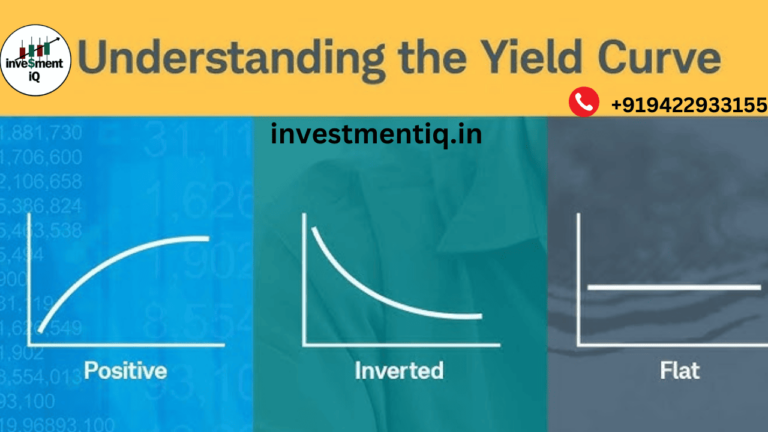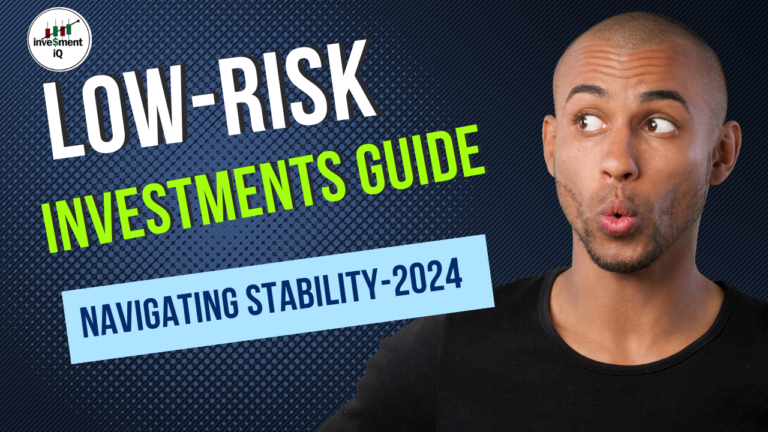Introduction
Market volatility can shake even the most experienced investors. But here’s the truth: volatility doesn’t mean you stop investing — it means you start investing smarter. One of the most effective ways to manage risk and protect your wealth is by building a well-diversified portfolio.
1. Understand What Diversification Really Means
Diversification isn’t just “owning a lot of stocks.” It means spreading your money across different asset classes, industries, and geographies.
Key areas of diversification:
- Equities (across sectors like tech, healthcare, energy)
- Bonds (government, corporate, municipal)
- Real estate (direct or via REITs)
- Commodities (like gold, silver, oil)
- Cash or cash-equivalents
- Alternative assets (crypto, hedge funds, collectibles)
2. Assess Your Risk Tolerance
How much volatility can you actually handle? Your investment mix should match your comfort level and financial goals.
Tip: Use risk tolerance quizzes or consult with a financial advisor before reallocating your portfolio.
3. Allocate Assets Strategically
The golden rule: don’t put all your eggs in one basket. But also — don’t spread them so thin that you dilute your returns.
Sample 2025 allocation (moderate-risk profile):
- 50% equities
- 20% bonds
- 15% real estate or REITs
- 10% commodities
- 5% cash or short-term instruments
Adjust these percentages based on your goals, time horizon, and market conditions.
4. Focus on Low-Correlation Assets
When markets fall, you want some assets that don’t fall with them.
Examples:
- Gold often rises during stock market declines
- Bonds can stabilize returns during stock volatility
- International investments might zig while your domestic stocks zag
5. Rebalance Regularly
Volatile markets can throw your asset allocation off-track. Rebalancing helps bring your portfolio back in line.
When to rebalance:
- Every 6–12 months
- Or if any asset class shifts more than 5–10% from your target
6. Include Dividend-Paying Stocks
Dividend stocks can offer a cushion during downturns by providing steady income — even when prices dip.
Look for:
- Companies with a history of growing dividends
- Strong balance sheets
- Low payout ratios
7. Don’t Ignore Global Opportunities
Economic cycles vary around the world. Diversifying internationally can reduce country-specific risk.
Top regions to explore in 2025:
- India (tech, digital infrastructure)
- Brazil (commodities)
- Southeast Asia (manufacturing, fintech)
8. Use ETFs for Easy Diversification
Exchange-Traded Funds are a low-cost, simple way to gain exposure to multiple sectors or assets.
Consider ETFs that target:
- S&P 500
- Global markets
- ESG or thematic trends
- Bonds and commodities
Conclusion
In volatile markets, a diversified portfolio is your strongest defense. It won’t eliminate risk — but it can help you ride out market storms while still capturing growth. Think long-term, review your allocations, and stay calm when the market gets noisy.




